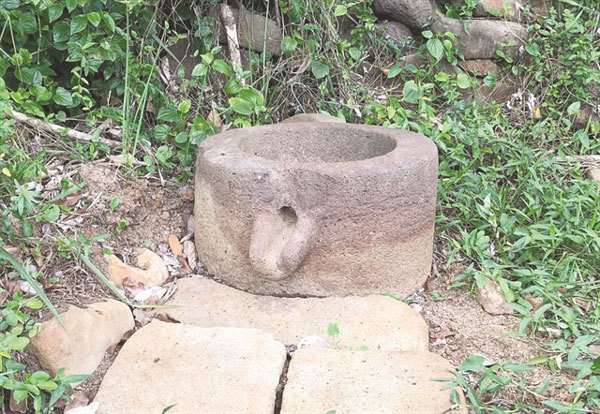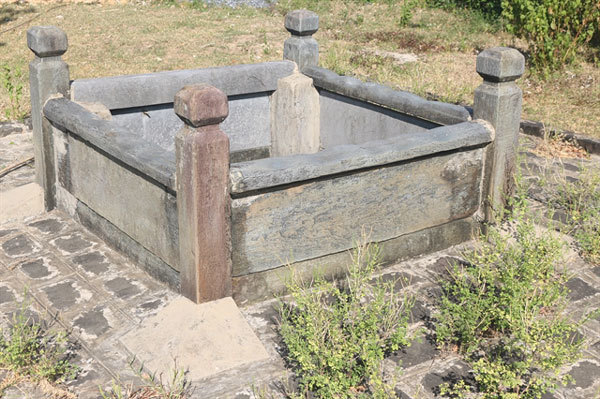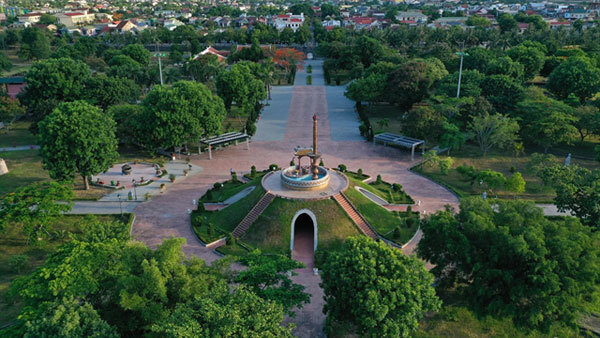The dossier will be titled "An Ancient System of Water Exploiting in the Central Province of Quang Tri".
 |
| The ancient water source in Gio An Commune has been used for hundreds of years. Photo dantri.vn |
The ancient wells and water exploiting systems are in the districts of Vinh Linh, Gio Linh, Cam Lo, Trieu Phong, Hai Lang, and Dong Ha City.
After examination, more than 100 wells were selected to be named in the dossier.
Le Duc Tho, deputy director of the centre and the museum, said many of the wells have been used by people in daily life for years now but have just been researched by experts recently.
They include wells of hundreds of years of age and wells of the same age with an ancient water system in Gio An District, which was created by ethnic Cham people some 5,000 years ago.
Many of the ancient wells are still being used.
For example, the water from Dang well in Tan Van Village, Gio An Commune, is still used by locals to water plants and provide drinking water for poultry.
 |
| Dang Well in Tan Van Village. Photo dantri.vn |
The well was built with two round stones measuring some 80cm in diameter and 1m in depth. The upper stone part has a hole and a gutter for the water to run out from the well.
Stones are placed around the stone, creating a stable foundation. The well is now located in a hot pepper garden.
In the province, there are two water systems recognised as national relic sites, namely the Water Exploiting and Treating System in Gio An Commune and Nghia An Communal House and Systems of Wells built by Cham people.
After the same examination, experts from the centre also proposed to remove Nay Well in Gio An Commune from the national relic list as the well has been almost destroyed.
 |
| An ancient well, which has been well-preserved. Photo dantri.vn |
Chua Well in Nghia An Village still keeps its original form but the water source is polluted.
The experts proposed local authorities clean the water source to list it among the national relic sites.
They have also suggested removing other wells from the list of provincial relic sites as the wells had been used improperly and destroyed or deformed.
“The experts will plan costs, make scientific and legal dossiers to submit to the ministry,” Tho said.
The dossiers also aim to enhance people’s awareness in protecting the water wells and local cultural heritage, he said. VNS

Quang Tri ancient citadel – a historical relic site
Quang Tri Ancient Citadel is situated in the heart of Quang Tri Town, which was once a military defence system and hosted the administration office of the Nguyen Dynasty (1802-1945).

Ageing underground wells in the heart of Hanoi
Underground wells which were closely linked to the lives of Vietnamese citizens can be found throughout the northern delta, especially in rural areas, with many dug approximately half a century ago still in use today in Hanoi’s Old Quarter.

Old wells bring vitality to villages
Hoa Lu District in the northern province of Ninh Binh was established in 1907 and is surrounded by mountains and plains.